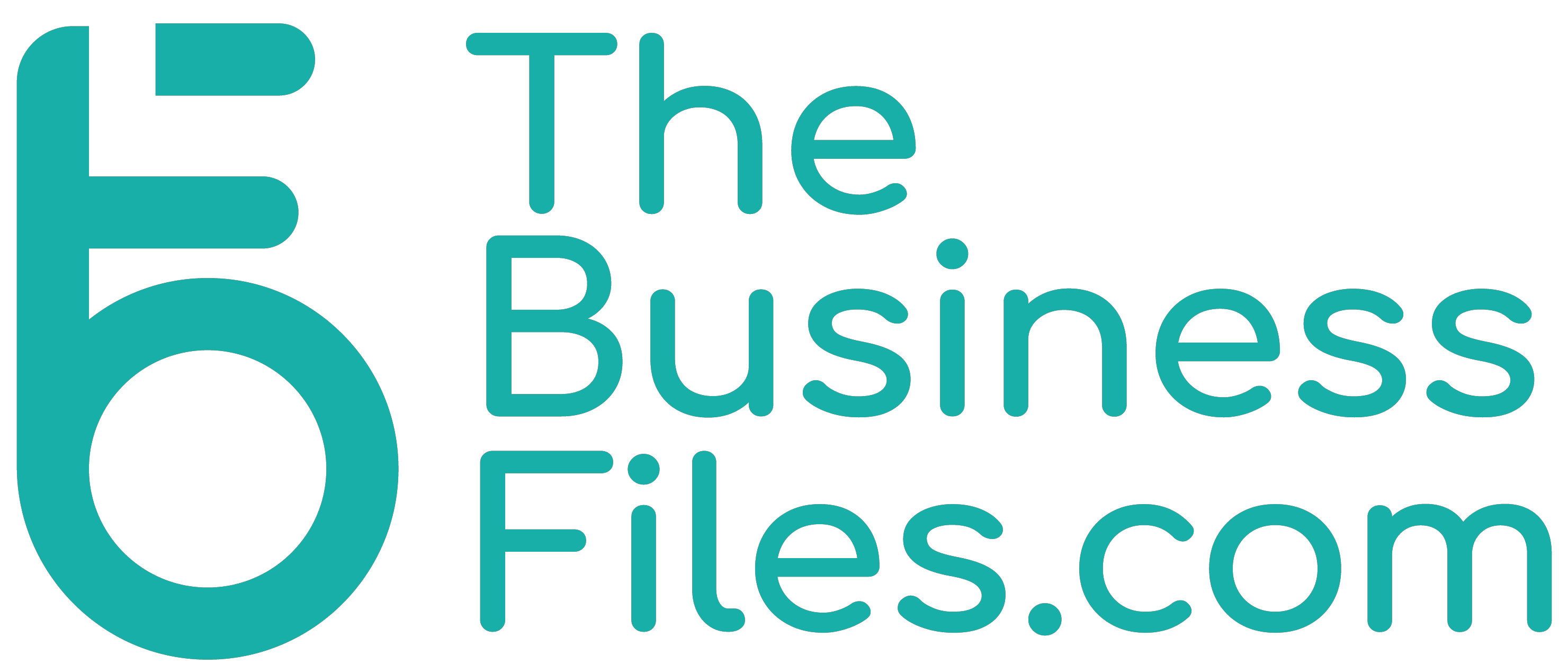Share This Article
Email this Article
This expert insight from originally ran in on
Start the conversation
Comment on This Story
Or to contact Money Morning Customer Service, click here.
Your email address will not be published.
Dear Profit Takeover reader,
I wanted to do a breakdown today to help explain when to choose spreads vs butterflies vs straight calls and puts…
When a trader buys multiple calls and/or puts at different strike prices simultaneously, that is called a spread trade.
And there’s even a way to combine spreads for an even more focused trade called a butterfly…
First, let’s do a quick review.
There are two different types of options:
A call is the option to buy a stock (100 shares) at a certain price (strike price) on or before a specific date (expiration date).
And a put is the option to sell a stock (100 shares) at a certain price (strike price) on or before a specific date (expiration date).
A trader will buy calls when they think the stock is moving higher, and they will buy puts when they think the stock is moving lower.
Traders can buy multiple calls and/or puts to protect their trades, minimize risk, and create a hedge, or when they have a specific speculation of how the market will move.
Here are three spread strategies that traders use that combine calls and puts and why traders like them:
Bull Call Spread
If a trader believes a stock is heading higher (bullish), they can buy calls at one specific strike and sell the same number of calls at a higher strike price simultaneously on the same stock with the same expiration date.
Utilizing this strategy, called a bull call spread, a trader will limit their upside on the trade but also limit their risk, and it will reduce the option’s overall cost compared with buying a naked call.
Bear Put Spread
When a trader thinks a stock is heading lower (bearish), they could buy puts at one strike and sell the same number of puts at a lower strike price simultaneously on the same stock with the same expiration date.
This strategy is called a bear put spread, and allows the trader to reduce the option’s overall cost but limits both their upside on the trade and their risk on the downside compared with naked puts.
Now these spreads could end up costing the trader or paying the trader to open, which would put it into one of two categories: debit spread or credit spread.
Debit Spreads
If the purchased option costs more than the sold option, that is considered a debit to the account and is called a debit spread.
Credit Spreads
The opposite is true for credit spreads. If the value of the options sold is greater than the value of the purchased options, there is a net credit to the account. Traders sometimes say they were paid to open the trade in this case.
Butterfly
I talk a lot about butterflies here and in the live room… and I have even dedicated entire shows HERE an…
About the Author
• By
• By
• By
Money Morning gives you access to a team of market experts with more than 250 years of combined investing experience – for free. Our experts – who have appeared on FOXBusiness, CNBC, NPR, and BloombergTV – deliver daily investing tips and stock picks, provide analysis with actions to take, and answer your biggest market questions. Our goal is to help our millions of e-newsletter subscribers and Moneymorning.com visitors become smarter, more confident investors.
© 2022 Money Morning All Rights Reserved. Protected by copyright of the United States and international treaties. Any reproduction, copying, or redistribution (electronic or otherwise, including the world wide web), of content from this webpage, in whole or in part, is strictly prohibited without the express written permission of Money Morning.
Address: 1125 N Charles St. | Baltimore, MD, 21201 | USA | Phone: 888.384.8339 | Disclaimer | Sitemap | Privacy Policy | Whitelist Us | Do Not Sell My Info

